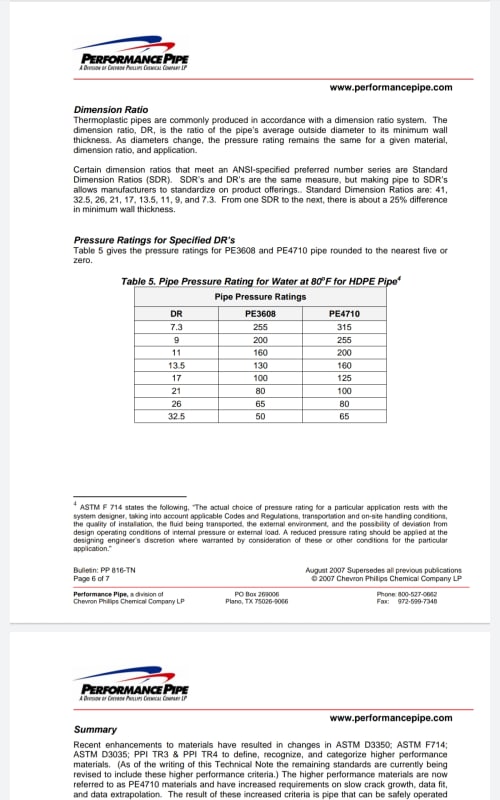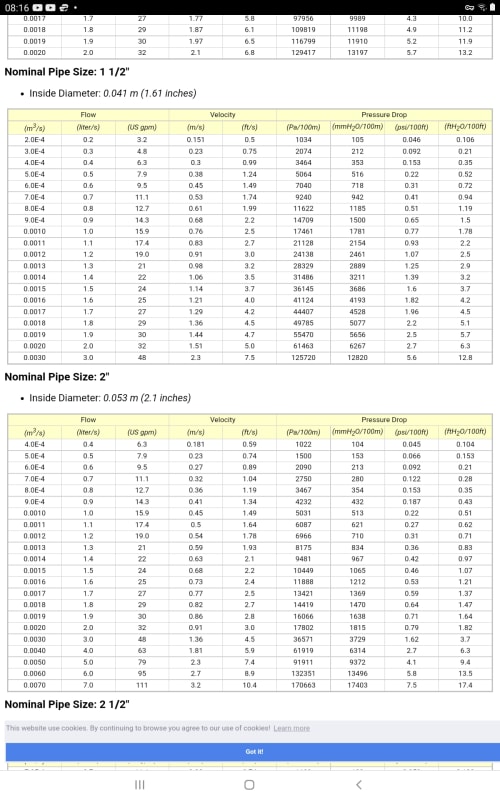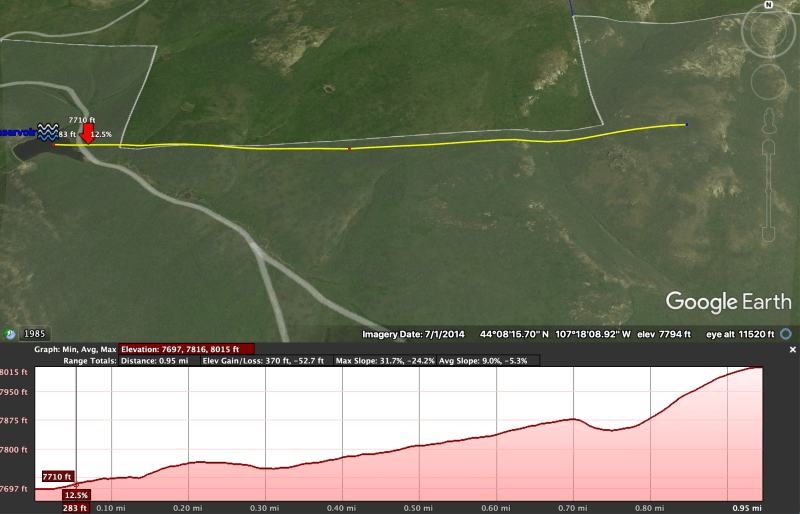carter livestock
Agricultural
Hey all, I am rancher in Wyoming. We raise and market some of the most nutrient dense grass finished beef in the US, Carter Country Meats. We operate a regenerative grazing strategy to build our soils. We have been extremely dry this year and our natural springs and water sources will not be able sustain our herd with existing infrastructure. I am asking for help designing the following water system
My Plan is to pump water from a large reservoir to different locations on the pasture. Once the area is grazed we would like the flexibility of moving our water tank and line to a fresh area. I am looking for help in sizing a pump and designing the system.
Max distance to pump: 2miles
Elevation difference: 400ft higher than pump
Volume: 50gpm
Pipe Diameter. 1 1/2" poly pipe
Fuel source: gas/diesel
pipe fittings: butt fuse
Ideally, i would like to have an inline pressure switch that would trigger the pump to turn on when the water drops below targeted pressure, which would be initiated when cows begin to water. We use float valves on water tanks to conserve water. Vice versa, when the cows stop drinking and the tank is full, the float valve closes, building pressure and shutting the pump off. I don't know if this is possible and would appreciate your help
My Plan is to pump water from a large reservoir to different locations on the pasture. Once the area is grazed we would like the flexibility of moving our water tank and line to a fresh area. I am looking for help in sizing a pump and designing the system.
Max distance to pump: 2miles
Elevation difference: 400ft higher than pump
Volume: 50gpm
Pipe Diameter. 1 1/2" poly pipe
Fuel source: gas/diesel
pipe fittings: butt fuse
Ideally, i would like to have an inline pressure switch that would trigger the pump to turn on when the water drops below targeted pressure, which would be initiated when cows begin to water. We use float valves on water tanks to conserve water. Vice versa, when the cows stop drinking and the tank is full, the float valve closes, building pressure and shutting the pump off. I don't know if this is possible and would appreciate your help



